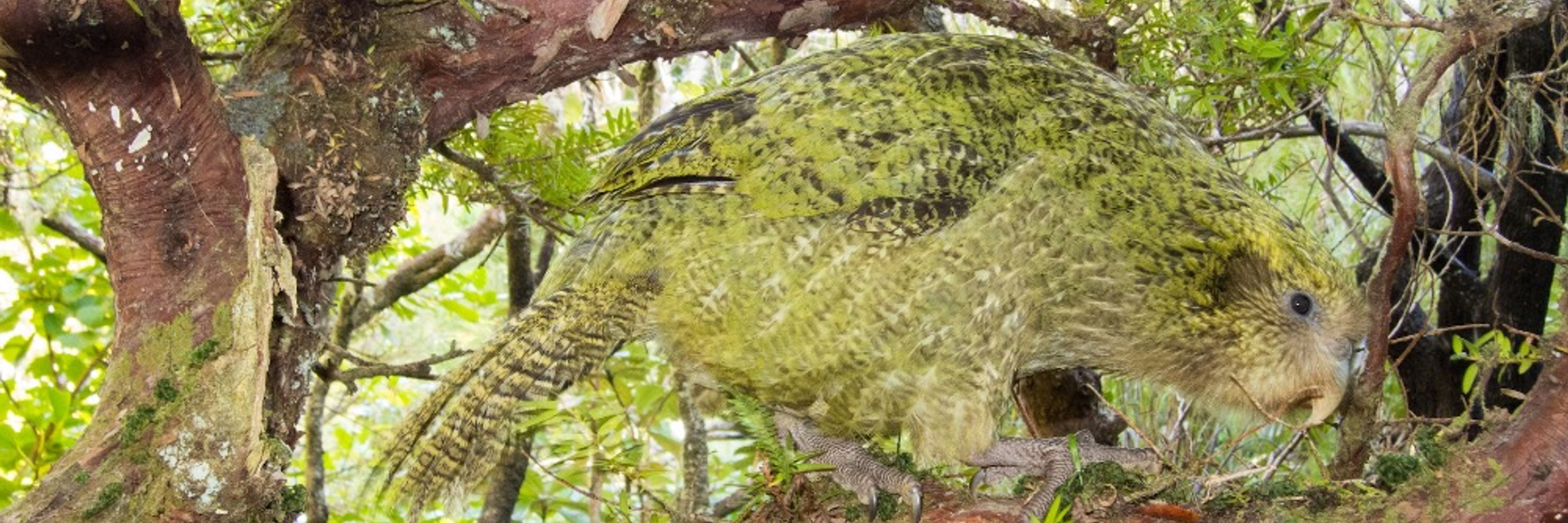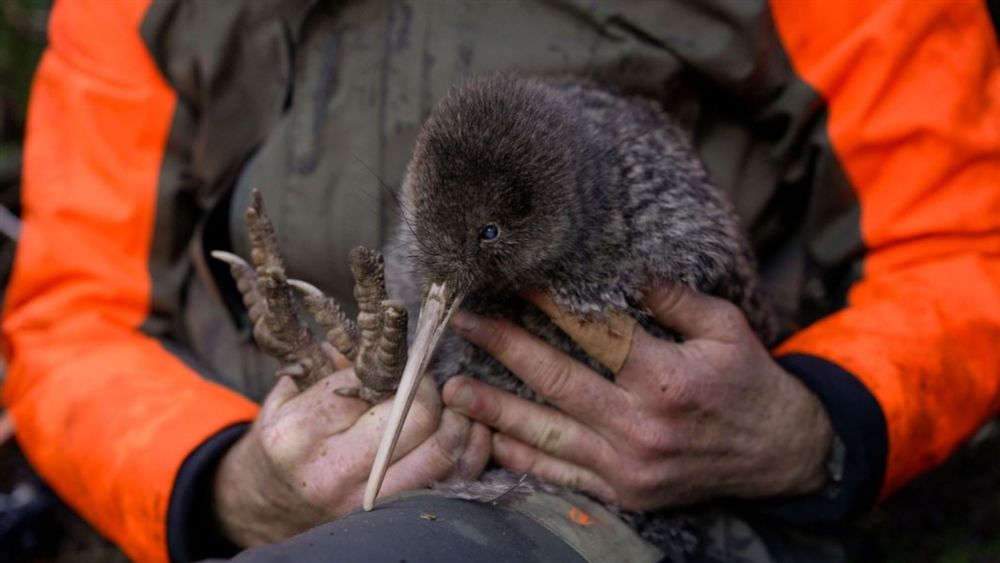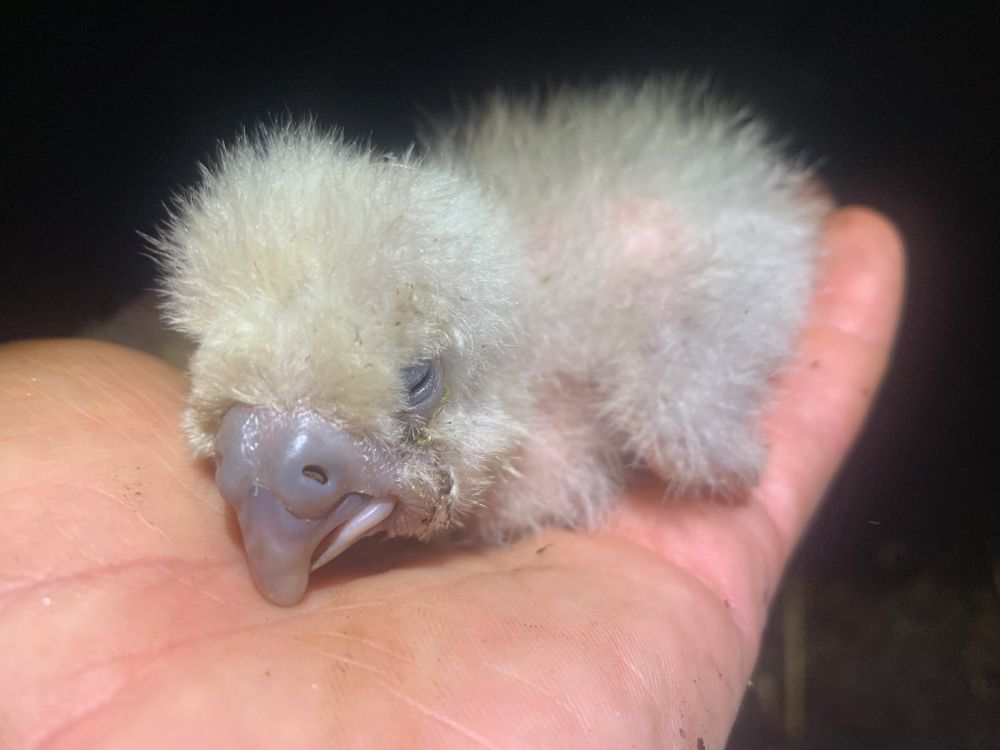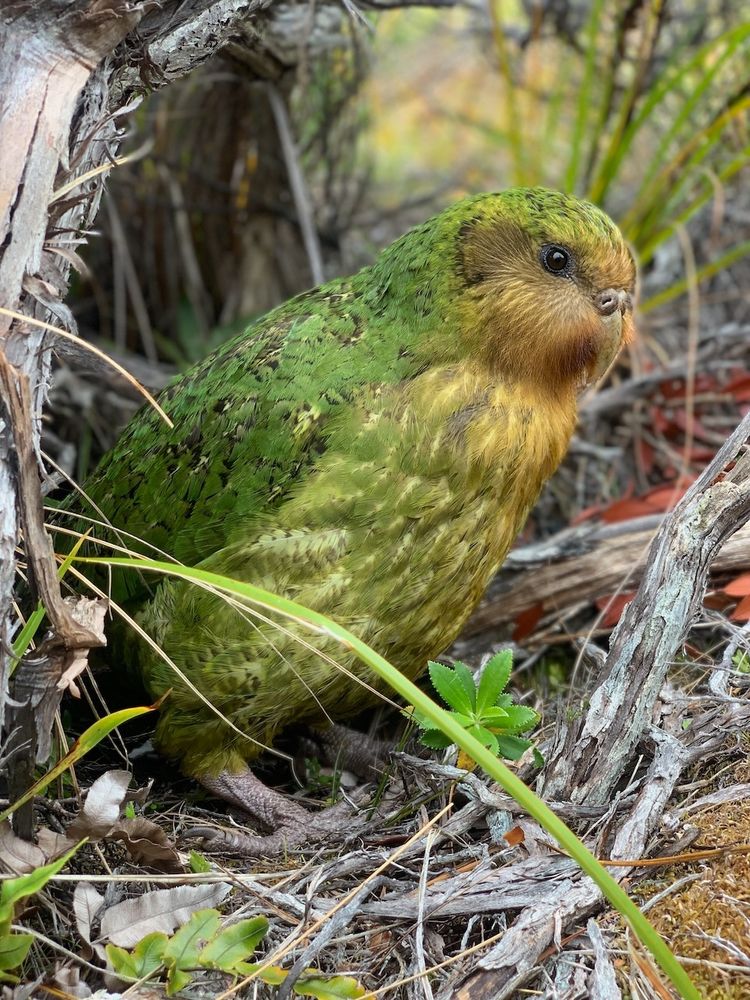Andrew Digby
@digs.bsky.social
4.2K followers
190 following
140 posts
Conservation biologist and former astrophysicist. Scientist for threatened birds with the #kakapo and #takahe programmes at the New Zealand Department of Conservation. 🦣 [email protected]. Avatar: @blackmudpuppy.bsky.social
Posts
Media
Videos
Starter Packs
Andrew Digby
@digs.bsky.social
· Aug 29
Andrew Digby
@digs.bsky.social
· Aug 29
Andrew Digby
@digs.bsky.social
· Aug 7
Andrew Digby
@digs.bsky.social
· Jul 25
Andrew Digby
@digs.bsky.social
· Jul 2
Andrew Digby
@digs.bsky.social
· Jun 30
Andrew Digby
@digs.bsky.social
· Jun 28
Andrew Digby
@digs.bsky.social
· Jun 12



















